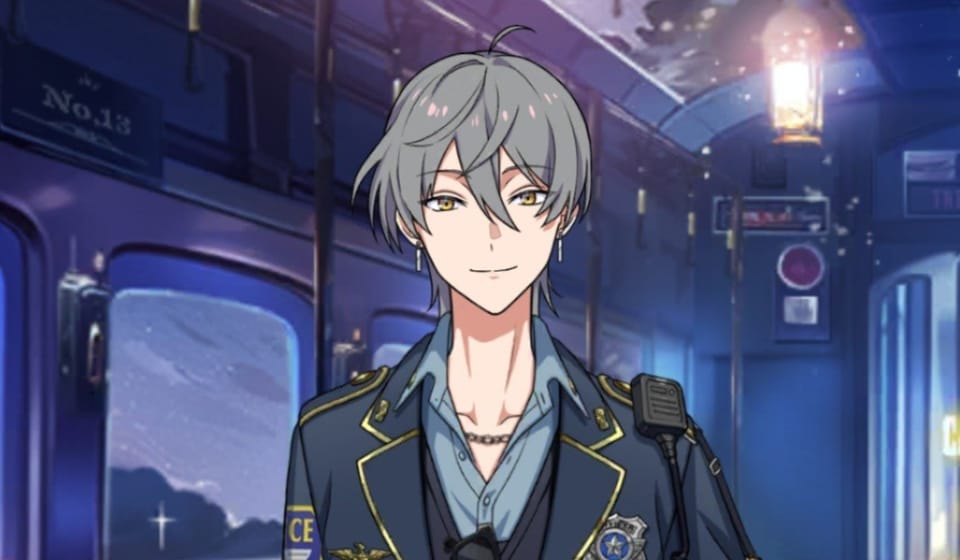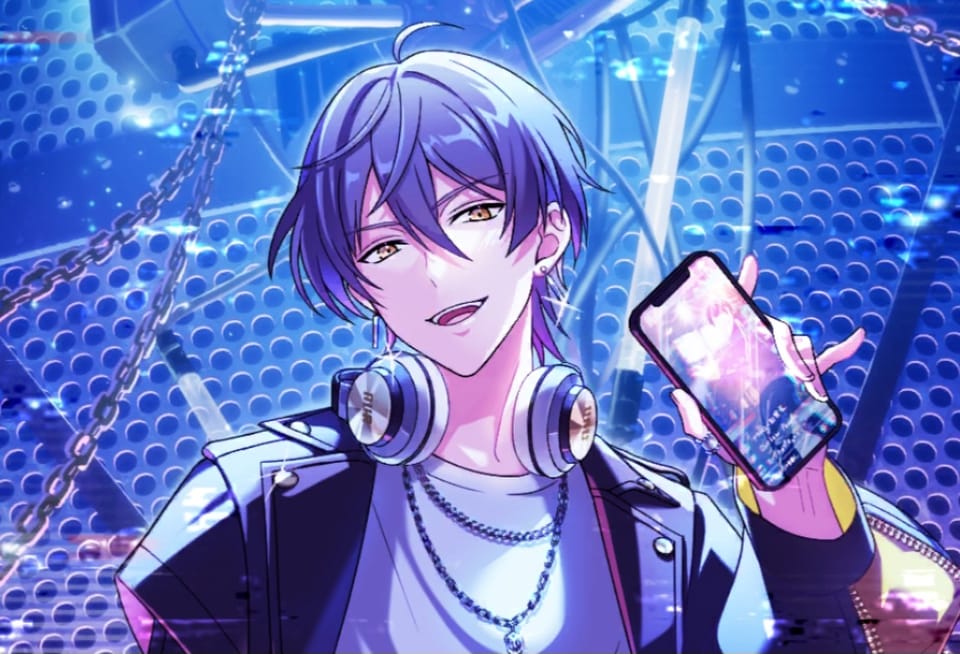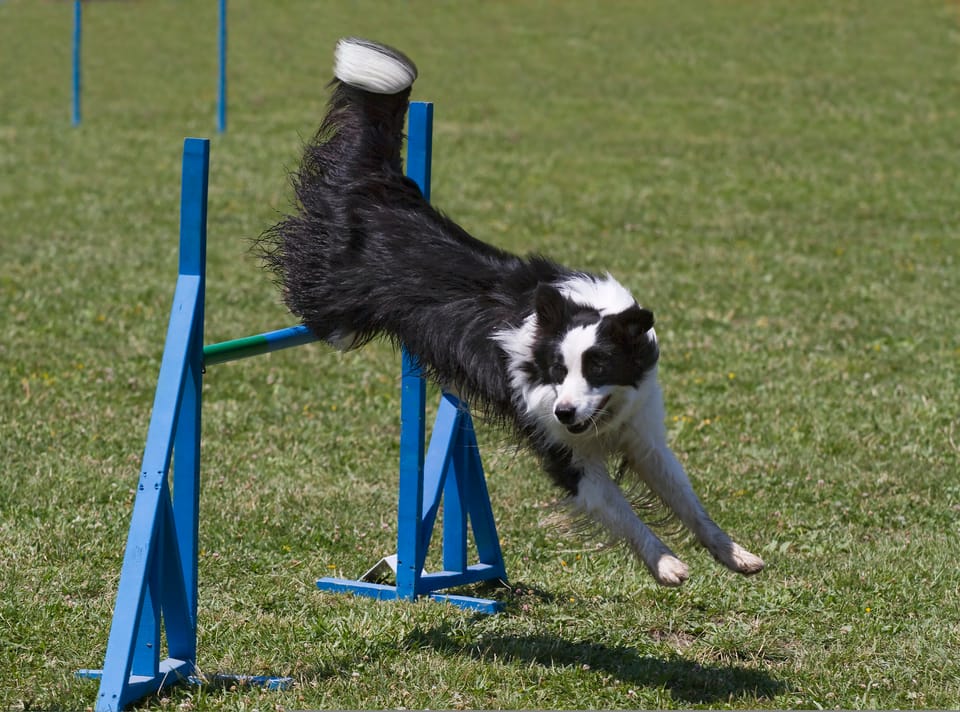Deep and Subtle Insights to Develop Your Fiction Characters
This is not your average “character development” guide

Character development is a vague, confusing term.
It’s a nice thing to have in your story, but what exactly is it? And what is it not?
I used to be obsessed with character development, and while I’m not anymore, readers and editors have praised me for my strength in this area.
Recently, I spoke to a writer who believed his antagonist wasn’t “developed,” even though we get a deep look into his character. Let’s call this character Andi (all names here will be pseudonyms).
Hold up there! How can an antagonist not be developed when we get a deep dive into his character?
What I’ve realized over the years, is that different people define a well developed character in different ways. And many writers (not all) only focus on one definition and disregard the rest.
In this writer’s case, he thought of development as in character growth. Andi starts off being a narcissistic asshole, and by the end of the book, he still is.
If we define a well developed character by how much they change over the course of the novel, then yes, he’s not developed.
But another definition of character development, is how much we know the character. This includes knowing their backstory, beliefs, attitudes, motives, etc.
In this case, Andi was solid. You get a clear sense of what his backstory was, what drives him, what he cares about, what he believes in, and much more. In my opinion, this is a fully fleshed out, 3D character, even if he continues to be a jerkass by the end of the book.
The Debate in Developing “Character Pairs”
Another controversial point, is what happens when you have a pair of characters.
They could be a couple, a pair of siblings, a pair of coworkers, or something else.
If they are not the main characters, how developed do they need to be? Should they be equally developed? And should we be able to tell them apart easily?
In my ongoing serial novel, I have a pair of dragon shifter brothers, Alvin and Gideon, who are both secondary characters.
At first, aside from their names, you can barely tell them apart. That didn’t bother me because they were still minor characters, simply two bullies and antagonists.
The second time they appear, they are still a-holes, except for a small difference. Gideon starts to flirt with one of the “good guy” characters, Lyra.
Gideon gets more and more appearances without his brother present. And Gideon often banters with Lyra.
When we finally see the two brothers together again, Gideon and Alvin are quite well distinguished. Not just because Gideon has a thing going with Lyra, but also because he’s had more time to show other sides to him.
He’s still a douchebag, but not completely. He has glimmers of decency.
Soon, we get into a scene where Alvin and Gideon have a significant conflict. Namely, Alvin is helping a man that both Gideon and Lyra see as their enemy.
In the latest scenes, we get hints that Alvin may have his own agenda. Gideon also told Lyra before that he and his brother can’t stand each other.
Gideon and Alvin’s unequal character development — a problem?
Gideon is a much more developed character, while Alvin is still a vague shadow.
My book coach pointed out that Alvin was often in the background, not really doing anything.
Hmmm…It crossed my mind that I could remove Alvin as a character in my revision.
But I had a bad experience with another story, where I deleted all the “redundant and vague” characters, so only the main ones were left. Then the story became too intense and even claustrophobic.
Believe me, we need flat and unremarkable characters. They help our main characters (MCs) stand out, and they give us some relief from the MCs.
How our MCs interact with these flat characters, also reveals our main characters’ personalities.
So where do we draw the line? How do we decide when to keep a character, if they serve as a helpful foil to the main character?
Moreover, do both characters of a pair (both brothers, in this case) have to be equally developed and equally interesting?
No. It’s totally okay for one member of the pair to be more outstanding and intriguing than the other.
If they were equally intriguing and developed, you might spend way too much time on them, and not enough time on the actual protagonist. There are word count limits, after all.
You don’t want to give us a full growth arc of every character, because that would be too scattered and time-consuming.
I say this as someone who has written such a gargantuan story before. I had 13 core characters and they all had developed backstories and growth arcs. This story lasted 11 books… I don’t want to ever do that again!
So for my preference, I wouldn’t have Alvin be a nondescript character, but I also don’t want him to match Gideon in his depth of development.
Alvin can do more of his own stuff, reveal his agenda, maybe his backstory if we have time. But I’d like him to stay in the background, since his brother is the more important one in this story. (Sorry, Alvin! I do play favorites.)
Over to you
How about you? What questions do you have about character development? If you were me, how would you handle Alvin and Gideon’s characters?



